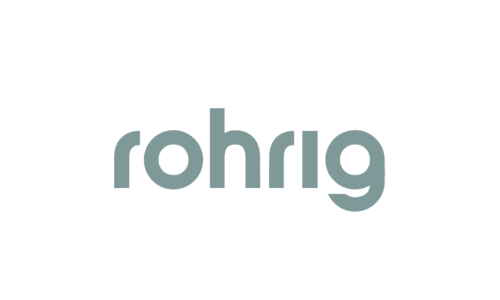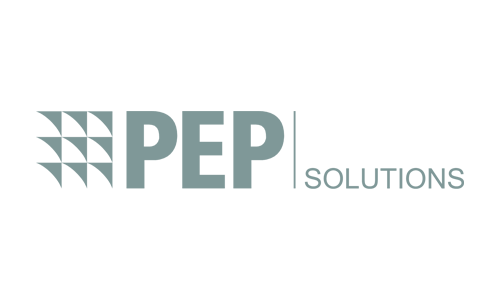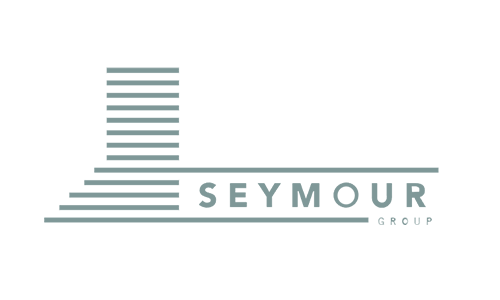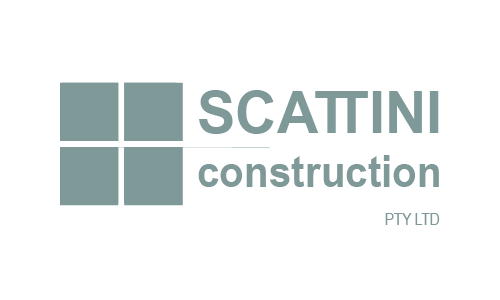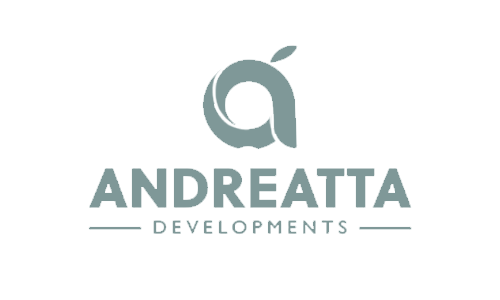nu .

Sydney’s Industrial Development Landscape: Key Corridors, Investment Zones and Strategic Precincts in 2025
Sydney’s industrial property market in 2025 is a complex, high-performing ecosystem driven by population growth, freight demand, and e-commerce acceleration. With ongoing land scarcity across inner-ring locations and a push for infrastructure-linked precincts, Greater Sydney is seeing a sharp focus on emerging hubs in Western Sydney, the Aerotropolis, and transport-adjacent logistics zones. These industrial corridors aren’t just responding to growth — they’re helping shape the city’s economic future.
This article explores the major regions fuelling industrial development in Sydney, from greenfield release areas to repurposed legacy zones.
Western Sydney Aerotropolis: Building the next global gateway for logistics and advanced industry
Western Sydney’s Aerotropolis precinct is one of Australia’s largest new employment and industrial zones. Anchored by the new Western Sydney International (Nancy-Bird Walton) Airport, the surrounding industrial development is focused on smart logistics, aerospace, agribusiness, clean tech, and advanced manufacturing.
Key zones include:
Bradfield City Centre
NSW Government’s designated high-tech employment precinct
Targeting aerospace, advanced manufacturing, research and education
Development partners include global players in technology and infrastructure
Mamre Road Precinct
Major logistics land release with sites from 2–100+ hectares
Already home to “The YARDS” – a $1B Goodman/Brickworks logistics estate
Supported by major road upgrades including Mamre Rd and M12 Motorway
Luddenham and Kemps Creek
Zoned for industrial, logistics and employment use
Suited for larger-format facilities with access to orbital road systems
Fast uptake from cold storage, 3PL, and transport providers
Why it matters:
Land in these zones is relatively affordable (per m²) compared to inner-Sydney
Tenants and developers benefit from future-ready infrastructure and planning certainty
Proximity to the new airport makes it ideal for time-sensitive logistics and trade
This precinct is quickly becoming the epicentre of Sydney’s new industrial economy.
Western Sydney Employment Area (WSEA): Sydney’s long-term industrial heartland
The WSEA continues to be Sydney’s largest contiguous industrial zone, offering strategic landholdings with direct freight access. Stretching from Eastern Creek to Erskine Park and south toward Kemps Creek, WSEA offers large parcels suited to logistics, warehousing, and regional distribution.
Key attributes:
Major industrial estates include Oakdale Industrial Estate, Goodman’s Interlink, and Altis Property Group developments
Large-scale tenants such as Coles, Amazon, Australia Post, and DHL already occupy space
Transport advantages with access to M4, M7, and proposed M12 motorways
Significant supply chain clustering, reducing costs and improving B2B integration
Development appeal:
Designed to support long-term growth and national distribution
Sites range from 5,000m² to over 20ha
Zoning supports high-clearance warehousing, cross-dock logistics, and automation-ready design
WSEA remains the most in-demand industrial land corridor in Sydney, with tightening vacancy and rising land values year-on-year.
Southern Enterprise Area: High-value, last-mile industrial zone
Located just south of the CBD and near Sydney Airport, the Southern Enterprise Area remains one of the most critical logistics and light industry zones in the city. Bordered by Botany, Mascot, and Alexandria, the area services:
Airport and port operations (Port Botany is Australia’s largest container port)
Courier, freight, and e-commerce operations
Urban services, light manufacturing, and service-based industries
Strategic drivers:
Scarcity of land – rezoning and redevelopment pressures make available lots rare
High land values and rents – reflecting proximity and access advantages
Repurposing trend – older buildings being upgraded for modern warehousing
Sustainability retrofits – solar, EV charging, and low-impact design upgrades
Despite high costs, demand for last-mile fulfilment and port-based logistics means this zone will remain key to Sydney’s urban supply chain.
Inner West and South Sydney: Legacy industrial zones adapting to new pressures
Sydney’s Inner West suburbs—like Marrickville, Ashfield, and Strathfield—along with parts of South Sydney, are undergoing a shift in industrial land use. Traditional manufacturing and trade lots are increasingly being repositioned for modern industrial or mixed-use development.
Key trends:
Gentrification vs retention – councils balancing urban renewal with employment land retention
Small-lot strata development – demand for <1,000m² units for service-based businesses
Investor appetite – tight supply makes legacy stock attractive for value-add plays
Proximity to major arterials – keeping these locations relevant for transport operators
While not suited for large-format warehousing, these zones remain viable for strata industrial and niche use tenancies needing city access.
North West and South West Sydney: Fringe expansion and emerging logistics zones
As core land tightens, developers and occupiers are looking to fringe industrial zones across North West and South West Sydney. These areas offer future industrial scale with access to regional transport and emerging population corridors.
Examples include:
Marsden Park and Riverstone – suited to bulky goods, trades, and mid-size warehousing
Bringelly and Leppington – strong land banking activity for future logistics builds
Campbelltown and Ingleburn – growing demand from national operators needing affordable land
Why these areas matter:
Land is more affordable than inner west or central-west
Suited to tenants needing long-term security and custom builds
Opportunity to integrate retail/industrial hybrid uses or high-tech warehousing
Expect sustained growth in these corridors as infrastructure (rail, road, digital) improves.
Investment outlook and development pipeline
Sydney’s industrial market remains one of the strongest in the country. Demand continues to outpace supply across most sectors, with institutional interest flowing toward speculative development, strata, and long-term land banking.
Key market dynamics in 2025:
Sub-1% vacancy rates across most of Western Sydney
Land values increasing in WSEA and Aerotropolis corridors by 10–15% YoY
Rental growth continuing as tenants prioritise access and scalability
Major institutional players remain dominant, but private developers are active in strata and mid-tier D&C
Risks to watch:
Construction costs remain elevated, impacting speculative feasibility
Approvals in some fringe areas slow due to environmental and infrastructure challenges
Last-mile pressure pushing smaller tenants out of traditional zones
However, the fundamentals remain exceptionally strong.
How we help market industrial property across Sydney
We work with developers, landowners, agents, and leasing teams to bring industrial projects to market faster and more effectively. Our services include:
Full 3D renders — aerial and ground-level — showing buildings, access, and context
Project messaging tailored to logistics, strata, D&C, or investment targets
Interactive brochures, site plans, and lot breakdowns for campaigns
Leasing boards, EOI landing pages, and animated flythroughs
Visuals for DA submissions, funding approval, or pre-lease marketing
From planning to final delivery, we make your project look built, leased, and ready to move.
Let’s talk about your next Sydney industrial project
If you’re planning a release, looking to lease, or need visuals for an upcoming Sydney development, we’re ready to help. From Kemps Creek to Campbelltown, from WSEA to the Aerotropolis — we understand what Sydney’s industrial market needs to see.
Get a free quote
Whether you’re selling land, securing approvals, or launching a campaign — we’ll help you visualise it clearly and move faster to market. Fill out the form below and we’ll send through a free tailored quote for your next commercial or industrial development.



